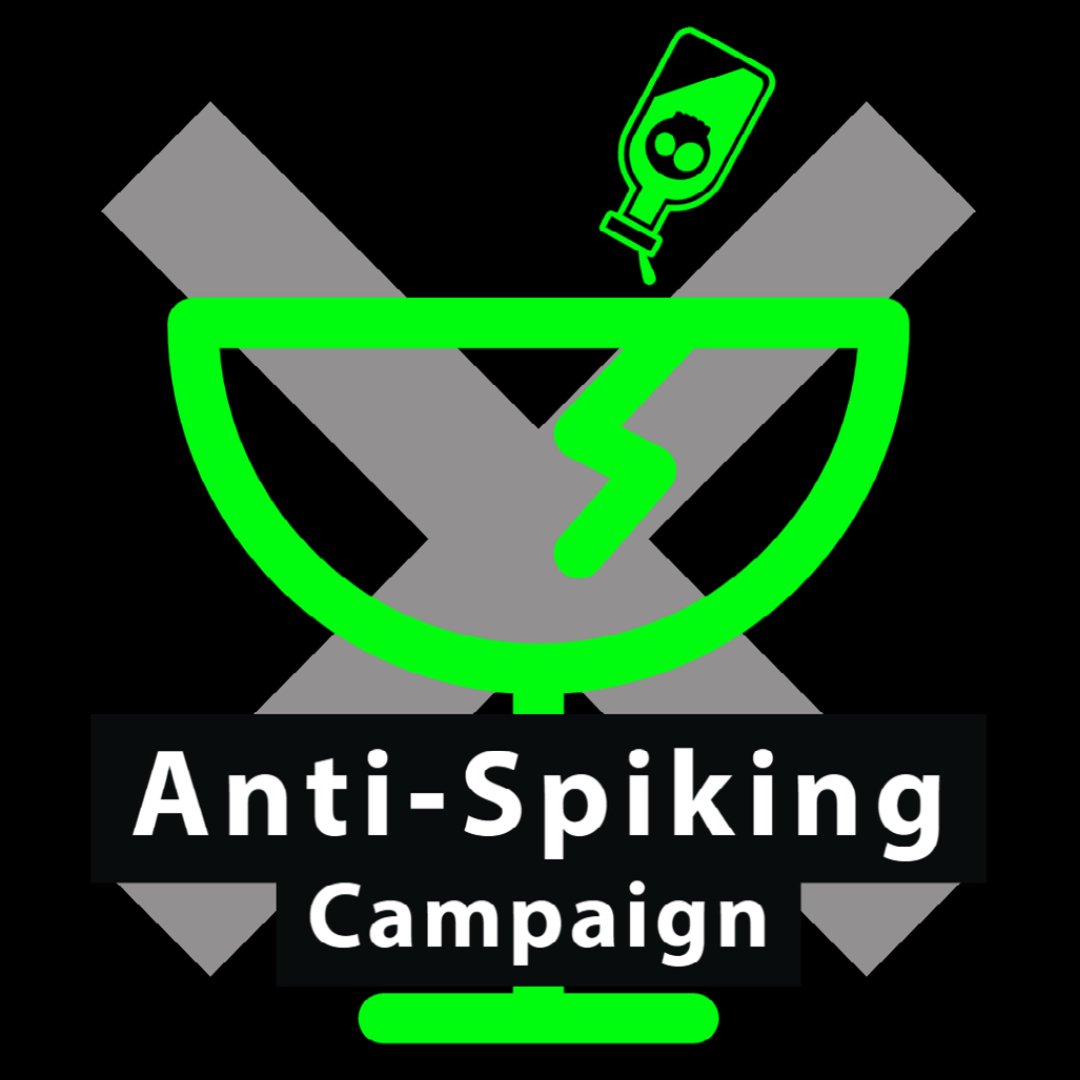The Campaign
The Anti-Spiking Campaign delivers comprehensive drug testing to an individual if they believe they may have been spiked. We also aim to reduce spiking incidents, and raise awareness through education, all while directly improving patient care by providing a drug screen to anyone who thinks they may have been spiked, allowing them to find out what may have occurred.
The campaign is currently funded by the Office of the Police and Crime Commissioner for Norfolk (OPCCN), and provides a unified approach with the Norfolk and Norwich University Hospitals Trust (NNUH), Norfolk Constabulary, venue owners, the University of East Anglia, and the SOS Bus Norwich. We are working together to help keep you safe.
Led by the Eastern Pathology Alliance at the NNUH, we are offering a proactive response, and taking all reports and suspected incidents of spiking seriously. By gathering data, we hope to build an insight into what is occurring in terms of reporting frequencies, the substances being used in spiking, and to work as a scientific support network to all who require it, to provide expert confirmation and advice. So far, preliminary data have shown a local reduction in spiking incidents since the launch of the campaign, which may be attributable, at least in part, to media attention surrounding it.
As a minimum, the campaign aims to identify the prevalence of spiking incidents through acting as a data collection program. This is through identifying:
The demographics of those being spiked (age, location, and gender)
What substances are being used, and any trends concerning locations of incidents and variety of substances
Location of incidents. Kits are available in participating night-time economy venues and the University of East Anglia dormitories
When they are occurring, for example, to identify any trends concerning day of the week, time of night, and whether certain months/times of the year are associated with any changes in incidence (e.g. Christmas, University Freshers’ Week, festival season, etc.)
Although there are many reports of incidents to the Police, we hope to gain insight into the true prevalence, as the issue may be under-reported, or conversely, recent media coverage may have led to some over-reporting of suspected incidents. We hope to achieve this by reducing reporting barriers, as far as we can.
The campaign is anonymous at the point the sample is obtained, and anyone can use a kit if they have any suspicions that they may have been spiked. This may allow for more data to be gathered than only from those who are prepared to report suspected occurrences to the Police. As the kits are held in the community, it removes the barrier of being too late to test whether a person has been spiked, as a sample can be obtained immediately, giving the best opportunity to detect any substances present. This also allows those who feel that they would be ‘wasting Police time’ to access this screening service.
Although no individual’s data will be available to the Police without consent, generic, collated data may be disseminated to the Police, who can then use it as intelligence, potentially to aid the identification of any suspected perpetrator(s).
We recognise that many individuals may choose not to report such incidents to the Police for a variety of reasons, including:
feeling unsure or ‘embarrassed’ that that may have been spiked
in their eyes ‘leaving it too late’ for a suitable sample to be obtained
those who have intentionally taken illicit substances
not wanting to ‘waste Police time’
We have devised the kit for anonymity at the point of providing the sample in order to reduce reporting barriers. However, we are also working with the Police by informing them of the anonymised collated data, which can be used as intelligence. We encourage any individual who may have been spiked to report the incident to the Police, and advise them where to go for emotional support, as there may be negative mental health consequences of spiking incidents. This information is included in our kit insert.


